Krall and Krell
from hell ?
Evaluated in
July 2010
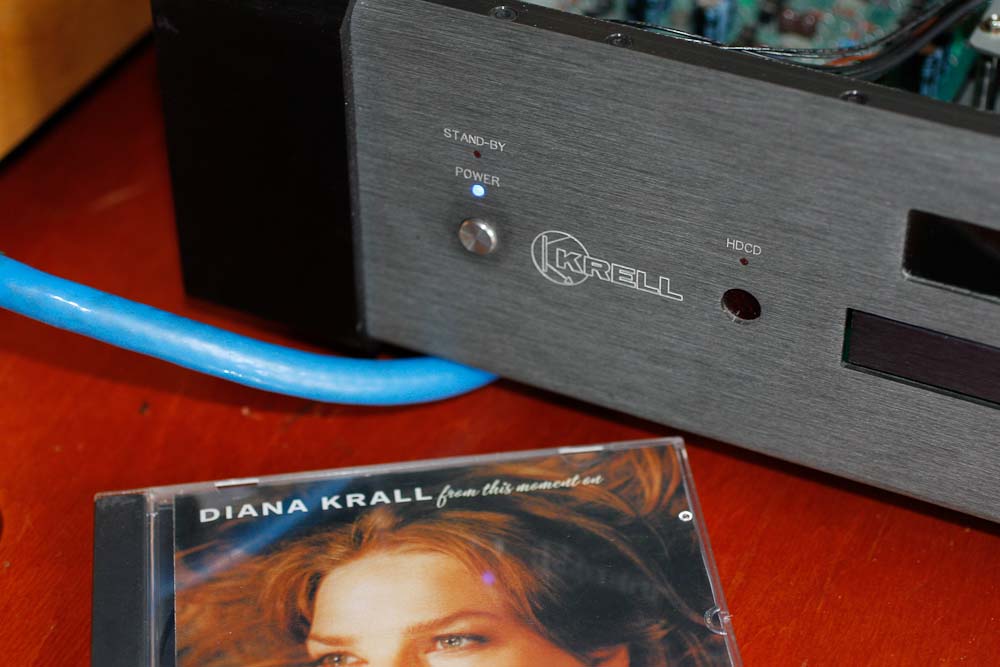
Am I going nuts
? what is this transistor warehouse doing here ???
The Krell CD
player KAV-300CD fell onto my desk and I had to peek under
the hood.
This company is
synonymous with transistors, big power, deep bass,
high price. Even their logo is a transistor symbol.
It would be sooo cool to lampize the Krell. Like an ultimate changeover.
How did
this amplifier company deal with their itch to produce a CD
player worthy of their legendary status ? Let's find out.
The player looks
heavy and vulgar. It has a chassis from industrial
design and flimsy mechanism that works roughly. (see my text about VRDS here)
I was expecting
a solid state job, but nothing, I mean NOTHING prepared
me for this. 280 transistors in 4 rows ??? C'mon, are you people nuts ?
What are you smoking?
The DAC chip needs just one transistor pair to
work well into any load of amplifier. Are you designing a Krell
amplifier or just CD player ?
Do they have a
wholesale discount for transistors, or what ? Do they
try to say : Fuck you Lampizator man, we are Krell !
Is using 280
transistors in the output stage a sort of a message in a bottle for me ?
I have neither
the patience nor knowledge to decipher the topology of 280
transistors. If we consider two channels and two phases of their
balanced output, it gives 70 transistors per phase per channel. That is
69 too many for me. But to their credit - it does not have opamps. At
lest not in the signal processing.
The DACs are
good but not great Burr Brown PCM1702, known from tens of
other players. There is nothing special about them - just OK sound.
So how does this
monster sound in stock form?
The answer is -
bloody good. I was shocked, I did not have my drooling
towel handy and I listened in total disbelief.
This player is
awesome. It sounds spectacular. It equals the best
stock players I had. it sounds too good
to be
true.
Sound is
spacious, free, open, fast, powerful, dynamic - everything you
might ask. Nothing even resembling remotely the opamped sound of all
other stock players. This is real high end. I feel no need for
lampization, no need for tweaking. Even if the owner would be rather
open about the possibility to do lampization if it was to improve the
sound. It is soo good that all I want to do
is listen MORE. This is the best stock player I ever had, I must admit
that I am in shock.
Just think about
it - the mediocre mechanism, mediocre DAC chips,
cheapest Krell player ever - and what result. They surely know
something about transistors !!!

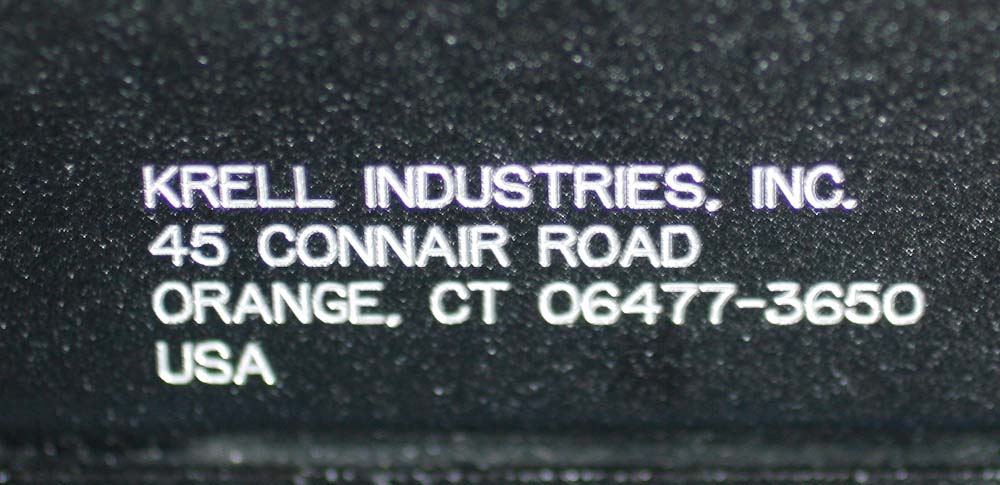
Calling
themselves 'INDUSTRIES" is a kind of overstatement in my
opinion. It is a high end manufacture, but INDUSTRIES ? C'mon guys, you
are not Fujitsu or Siemens.

Above is the
motor of the Teac mechanism. The cheapest Mabuchi motor
money can buy.

There is an
opamp on that board but I feel it is not in the signal path.

The transistors
- if it is telling you something - are 8599 . I am
speechless.
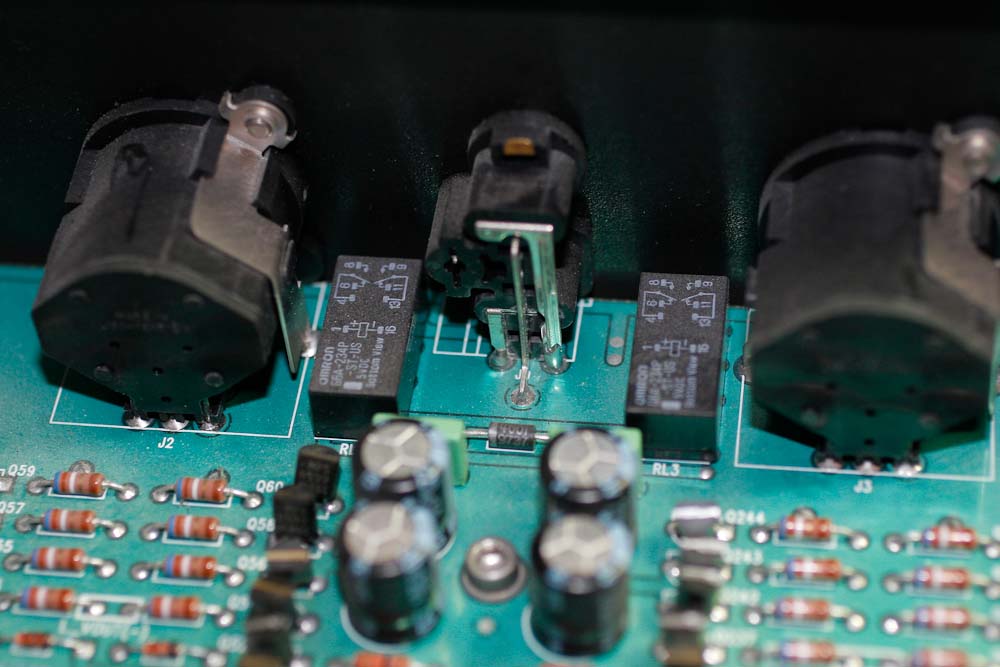
As you can see,
the player has XLR balanced outputs with 4 identical
output stages. One per phase.
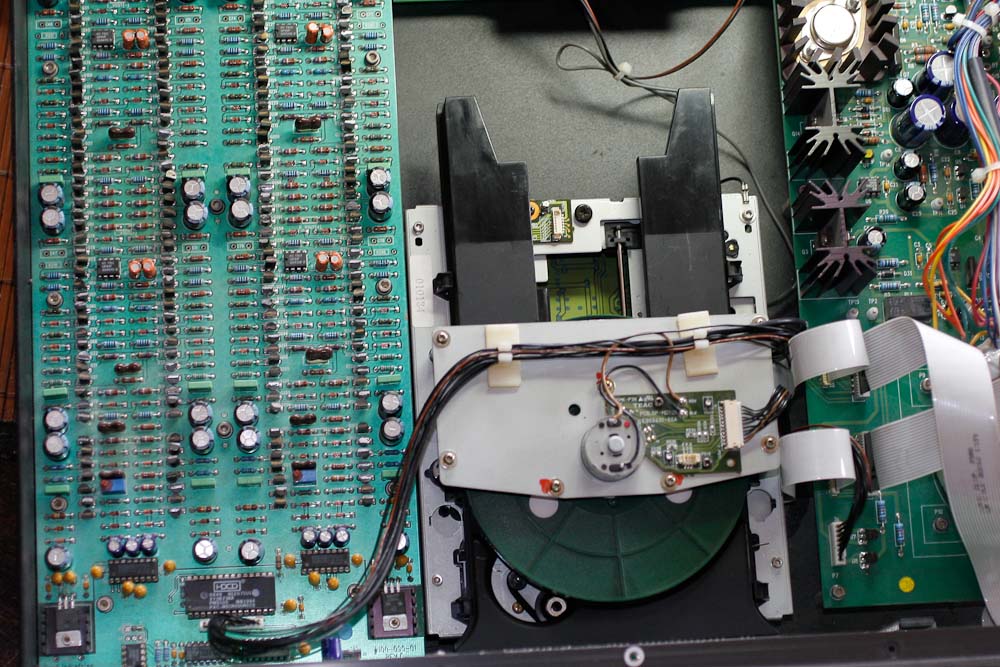
General view of
the monstrous output board. And the TEAC's cheapest
VRDS 4,2 mechanism with laser assembly from Sony (240KSS)

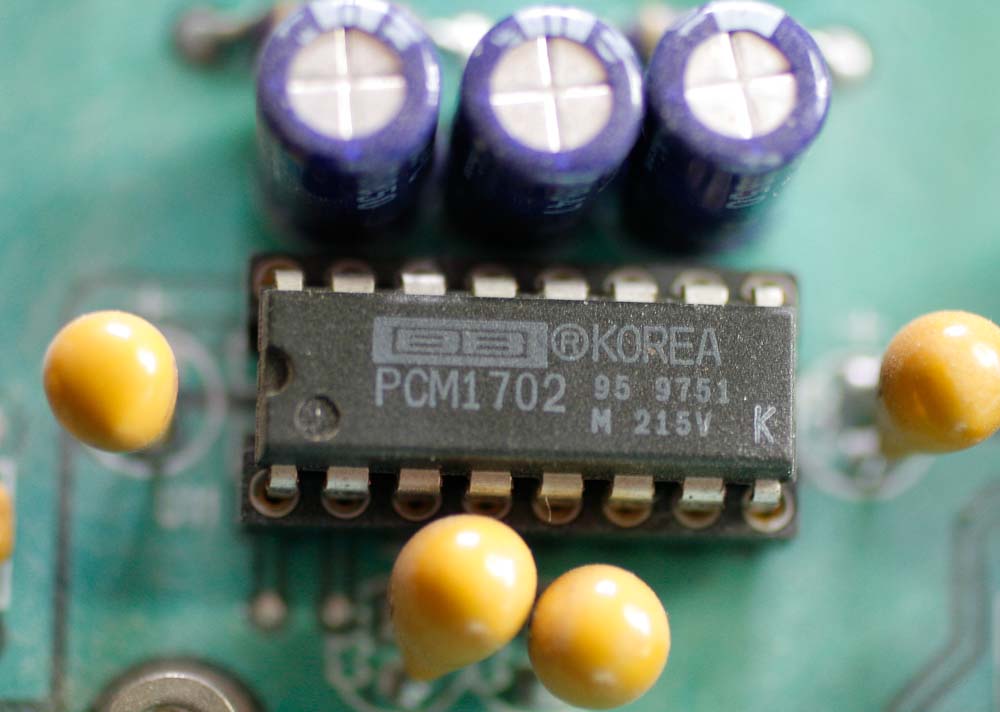
This DAC chip is
good but not my favorite really.
Note the
tantalum caps around it as well as three oscons.

HDCD chip is not
my favorite filter - I think it is a bottle neck of
many players. At least when it comes to plying non-HDCD discs which are
99 % majority.
This chip can be
replaced by ASE Audiotuning - Andreas
Sellenthin's
upgrade filter - the DF 1704 from Burr Brown.

The SPDIF output
is simply the stock cheapest Teac board.
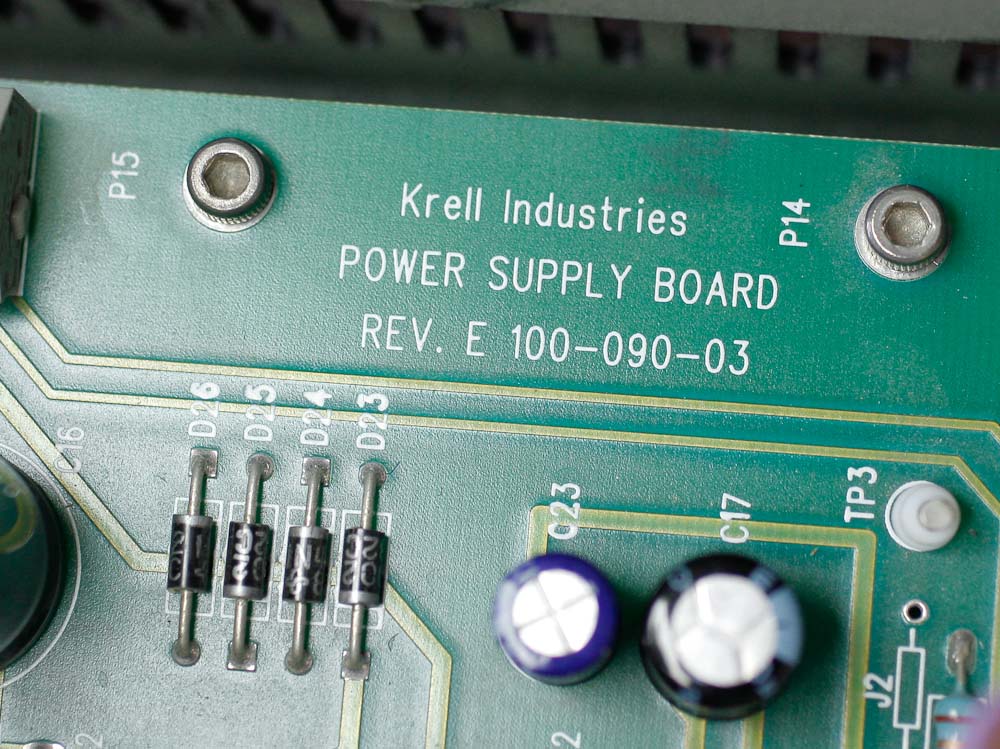
The Krell power
supply is very competent design.
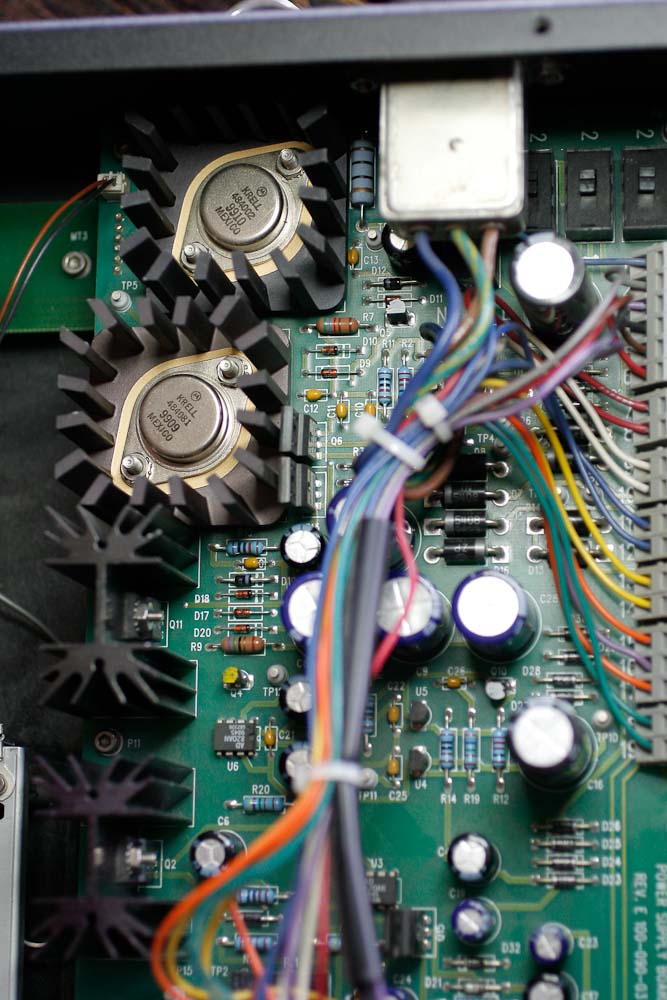
Above : power
supply PCB.
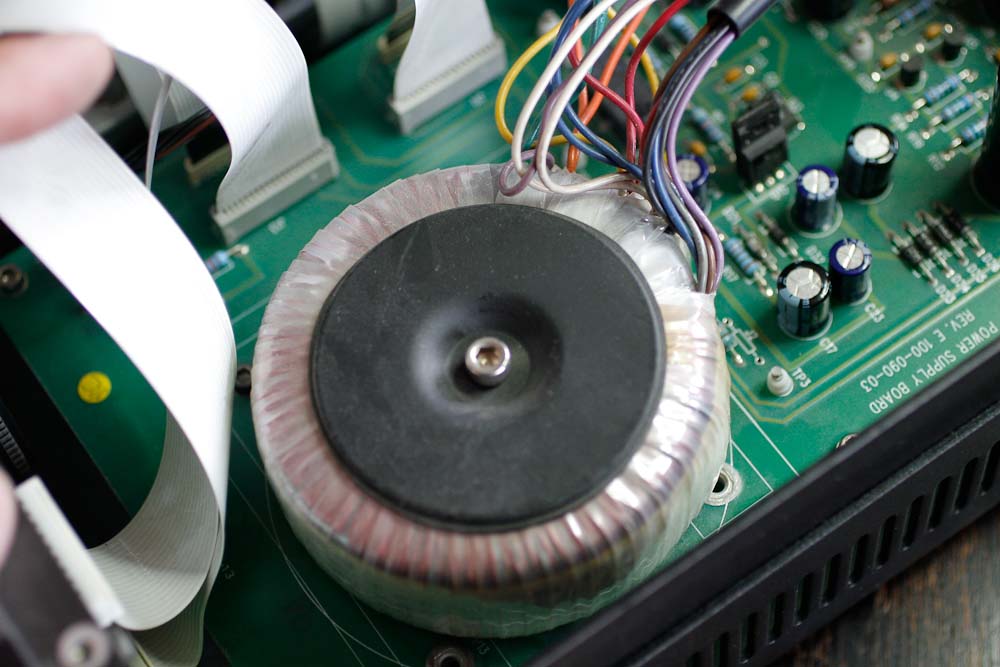
The 100
Watts toroidal power transformer.

The TEAC
mechanism.
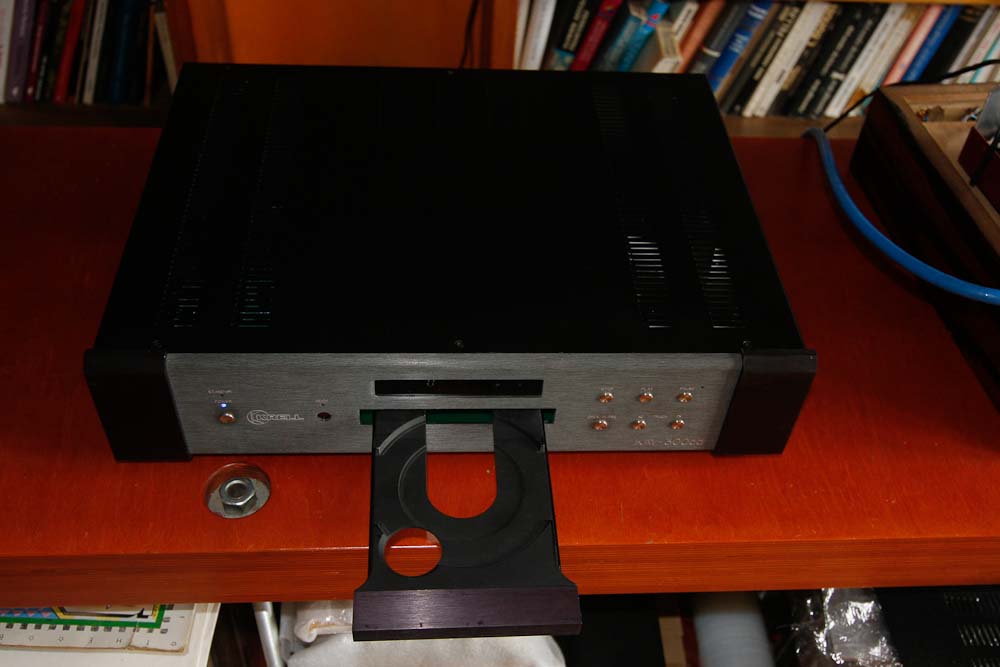

The Krell
metalwork is really rough. Very macho but rough.
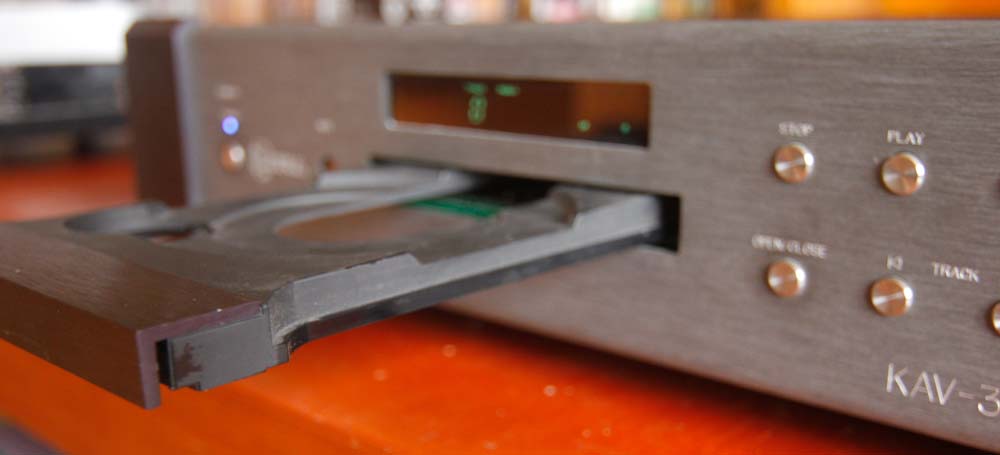
The tray
has an aluminum front plate glued to itself. The
tray however is a flimsy plastic.

2 weeks later:
When the digital
filter module arrived and I replaced the HDCD chip with the new one
from ASE Audiotuning - Andreas
Sellenthin's
upgrade filter - the DF 1704 from Burr Brown. I was shocked by the
magnitude of positive changes. An already good player became much
better in every important area. A magnitude of change comparable with
for example the complete lampization. Not mentioning that without that
bloody HDCD it is now 6 dB louder.
If you have a Krell - do it immediately. The swap is a 3 minute
excercise without any soldering involved.



















